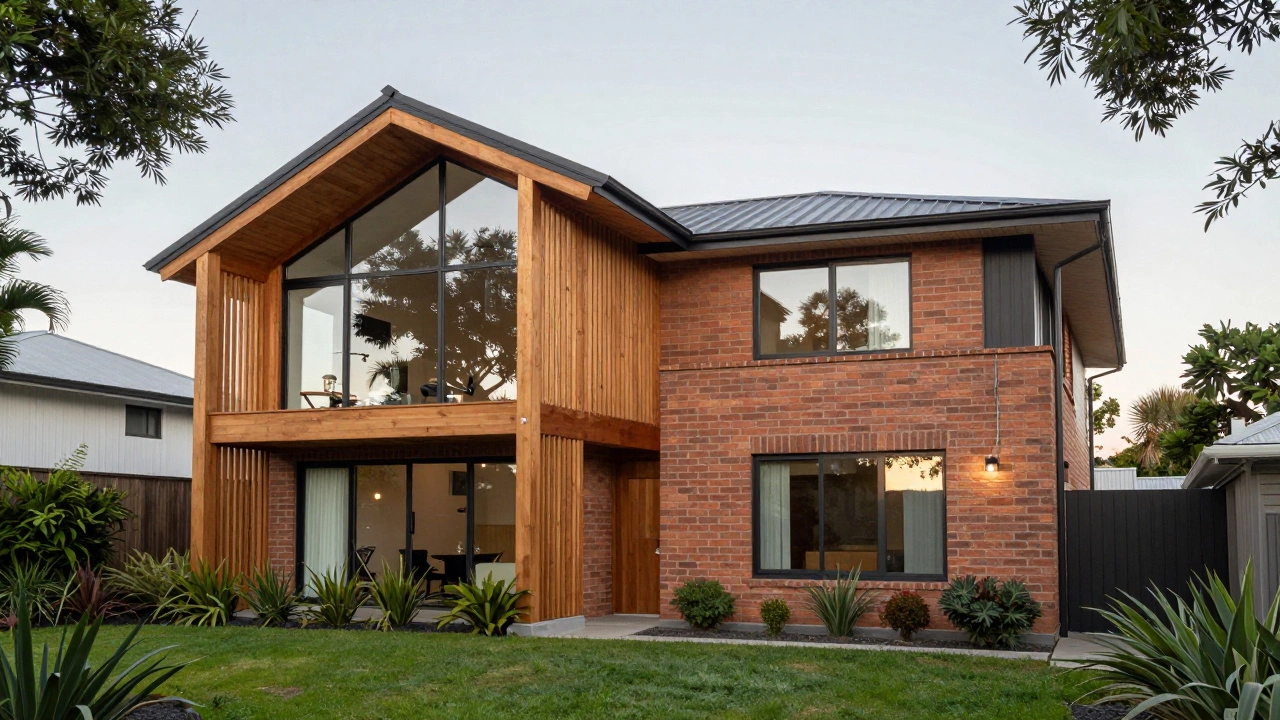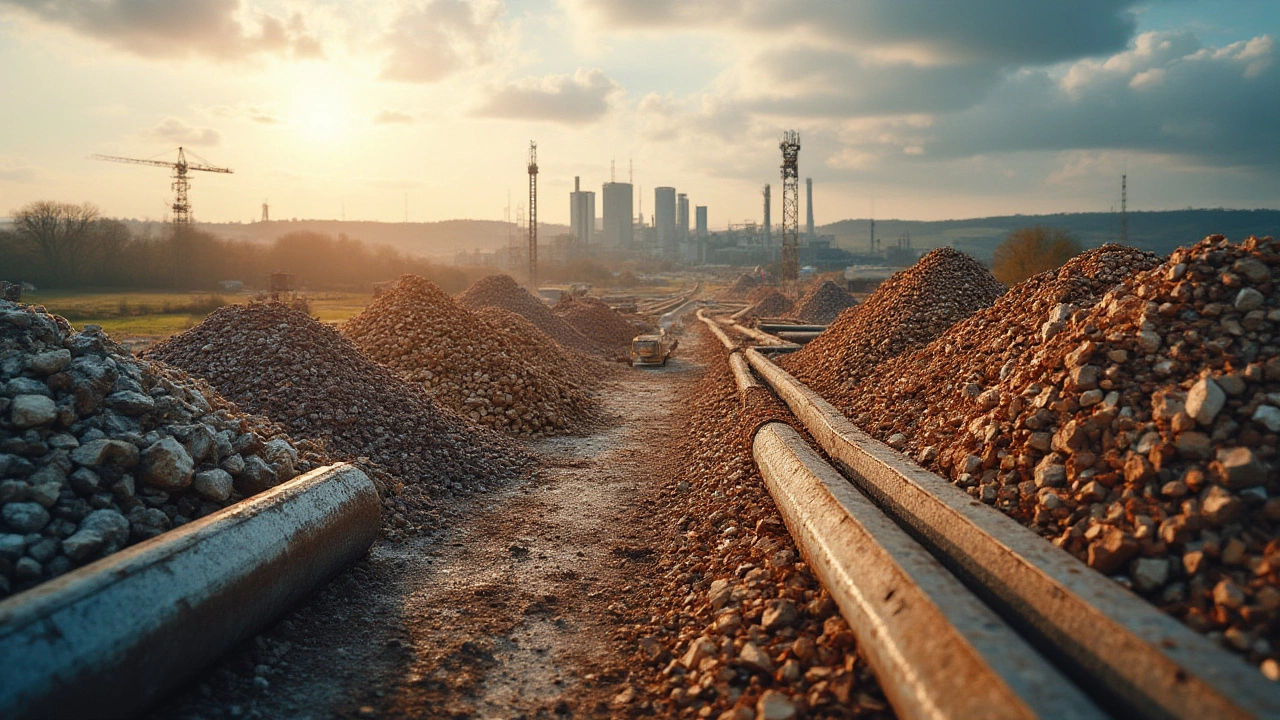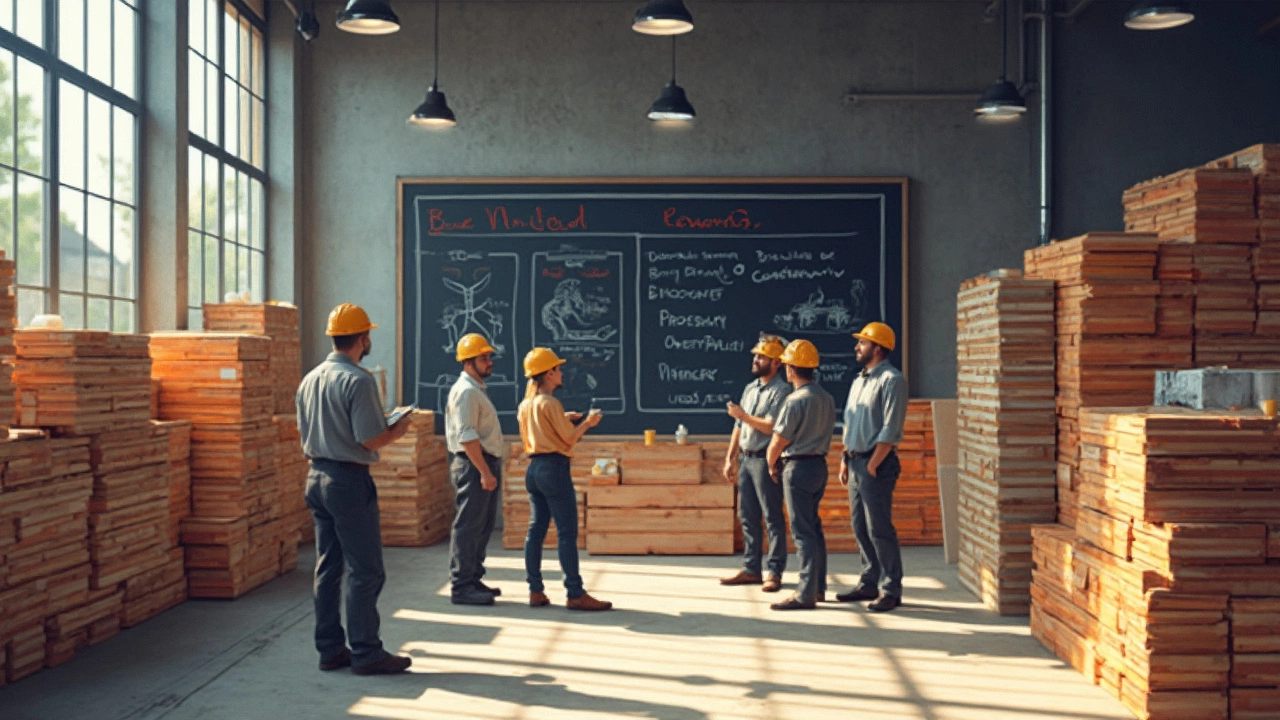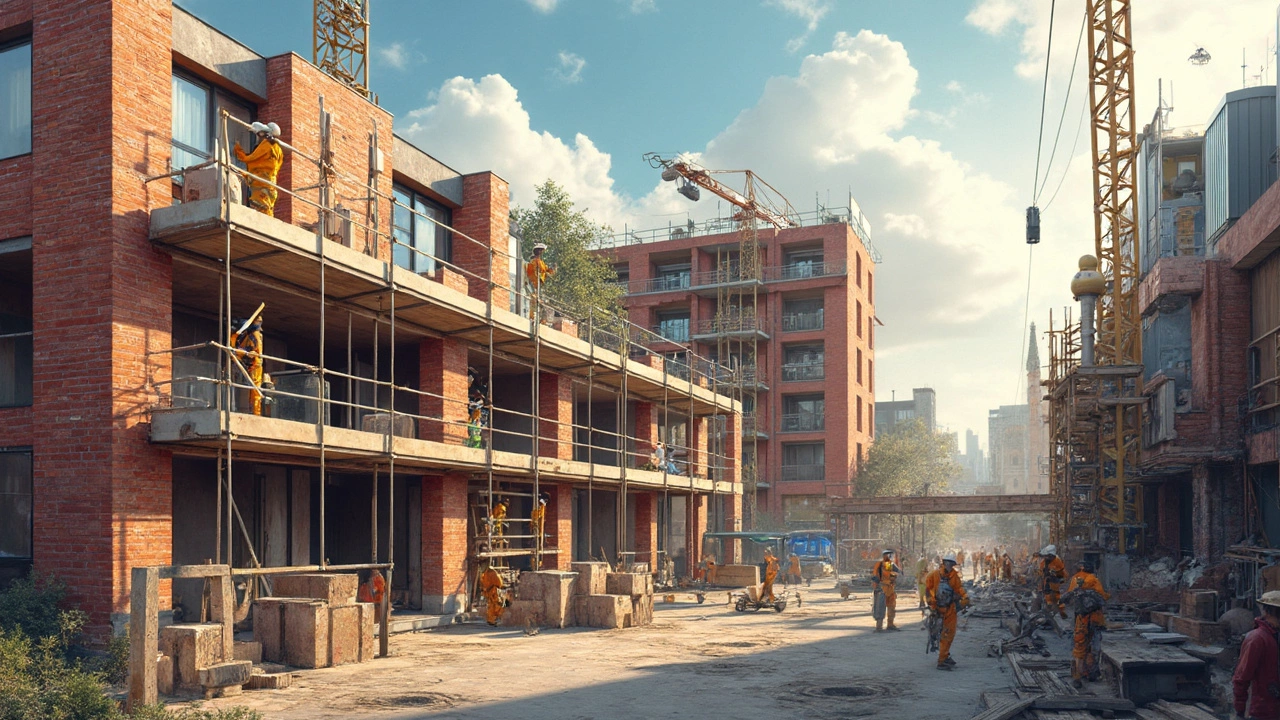Construction Materials: What You Need to Know Before You Build
When you start a build, the first question isn’t "how much?" but "what should I use?" The right material can save you time, money, and headaches. Below you’ll find the most common materials, why they matter, and simple ways to decide which is best for your project.
Common Types of Construction Materials
Cement and concrete mixes. Not all cement is created equal. For foundation repair, a high‑strength mix like Type I or Type II is ideal because it resists cracking under load. If you need quick setting, look for rapid‑set blends. Knowing the grade helps you match the job without over‑paying.
Flooring for new builds. Hardwood gives a classic look but can be pricey and prone to moisture swelling. Luxury vinyl plank (LVP) offers durability, water resistance, and a modern finish at a lower cost. Tile is great for kitchens and bathrooms where water is constant. Choose based on traffic, moisture, and style preferences.
Structural steel and timber. Steel frames are fast‑erecting and handle big spans, making them popular for commercial projects. Timber is lighter, easier to work with on site, and can be sourced sustainably. Your decision often hinges on the building’s size, budget, and local regulations.
Insulation materials. Fiberglass batts are cheap and easy to install, while spray foam provides superior airtightness and higher R‑values. If you’re focused on energy efficiency, spray foam may cost more upfront but saves on heating bills later.
How to Pick the Right Materials for Your Project
Start with the end use. A garage floor that sees heavy cars needs a concrete mix with a high compressive strength, while a bedroom can get away with standard cement.
Check local building codes. Some councils require fire‑rated boards for external walls or specific cement grades for foundations. Skipping this step can cause costly re‑work.
Factor in climate. In damp regions, look for moisture‑resistant flooring and breathable wall systems to prevent mold. In colder areas, prioritize insulation with higher R‑values.
Budget isn’t just the price tag on the material. Include labor, delivery, and any special tools needed. For example, installing tile often requires a thin‑set mortar and a skilled installer, which adds to the total cost.
Finally, ask for samples. Touching a piece of cement, feeling the weight of a steel beam, or walking on a flooring slab gives you a realistic feel that specs on a screen can’t match.
Choosing the right construction materials is about balancing performance, cost, and local requirements. Keep these pointers in mind, and you’ll avoid common pitfalls that can stall a project or inflate the budget.





